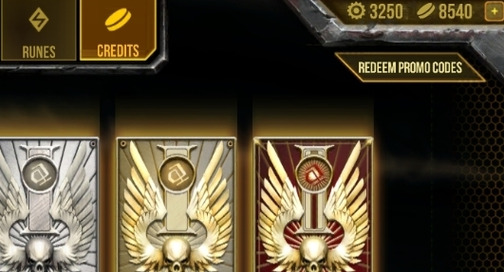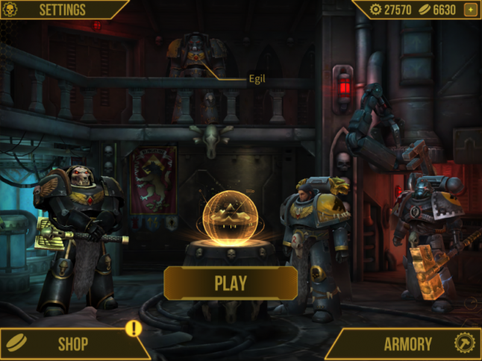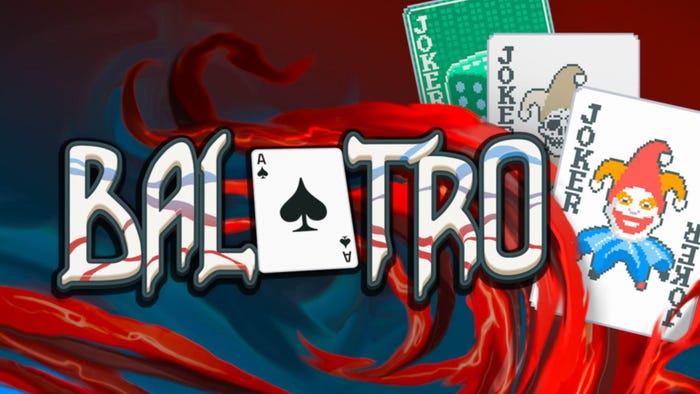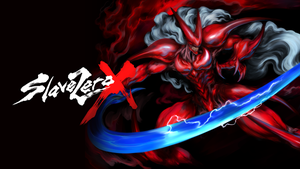
Featured Blog | This community-written post highlights the best of what the game industry has to offer. Read more like it on the Game Developer Blogs.
Warhammer 40,000: Space Wolf marketing toolkit
Sharing the experience of using marketing in-game toolkit in Warhammer 40,000: Space Wolf

Warhammer 40,000: Space Wolf is a turn-based strategy game with elements of a collectible card game. It's being developed by Kaliningrad-based company HeroCraft under a Games Workshop license. The game was first released in October 2014 on iOS. In July 2015, the Android version came about.
I already mentioned the toolkit in my previous article. Time to talk about the details.
1. The most interesting and important tool we use is promo codes.

A promo code is a unique set of characters which you can input in the game to receive certain in-game content related to that code.
We have two types of promo codes:
- a public code - a code that can be used by an unlimited number of players; usually these are limited-time promo codes;
- an individual code - a code that can be entered only once by one specific player, who is the only person who knows it.
Any in-game consumable can be awarded by the promo code, in Space Wolf they are: cards of various rarities, weapon parts iron and life runes, and credits (in-game currency).
Promo codes are used for a variety of purposes:
= to deliver awards to the winners of various contests run for the community;
= weekly giveaways;
= to compensate players who have suffered from bugs who contact our support team or send private messages to our social groups;
= sometimes, it's the easiest way to compensate for lost purchases.
All these features simplify working with the audience. Keeping your game's community together isn't easy. The player knows that, by being a member of the group, they'll sooner or later receive some sort of reward, which motivates them to stay in the group and communicate with other players. Thus you can encourage players to be active members of your community.
2. The discount mechanism.
A couple of times we have thrown an in-app sale without having any kind of discount mechanism.
Here's what we consider a discount mechanism:
= an exclamation mark or any other suitable symbol next to the Shop button, so that the player sees there's something waiting for them there:

= crossed-out in-app prices, preferably showing the discount percentage and the new price:

= so-called 'anti-discounts' - when each credit pack gives more credits for the same price - crossed-out original amount of credits, the percentage of extra credits and the new amount:

= a pop-up window in the game that additionally informs the player there's a sale, and a Shop button that leads to the Shop:

Sales always require visuals! The data speak for themselves. We took the total income and the number of in-app purchases made in the 5 days before the sale and compared them to the total income and the number of in-app purchases made after the sale:
- without a discount mechanism, the 5-day profit before and after the sale was the same, and the number of purchases increased slightly (by 8%);
- with a discount mechanism, the situation is entirely different: our profit over the 5 days of the sale was 276% higher, and the number of purchases increased by 327%.
The simple conclusion is that the user must be able to see what has changed in the in-game Shop. Without this, even a very generous sale is pointless.
Read more about:
Featured BlogsAbout the Author(s)
You May Also Like













